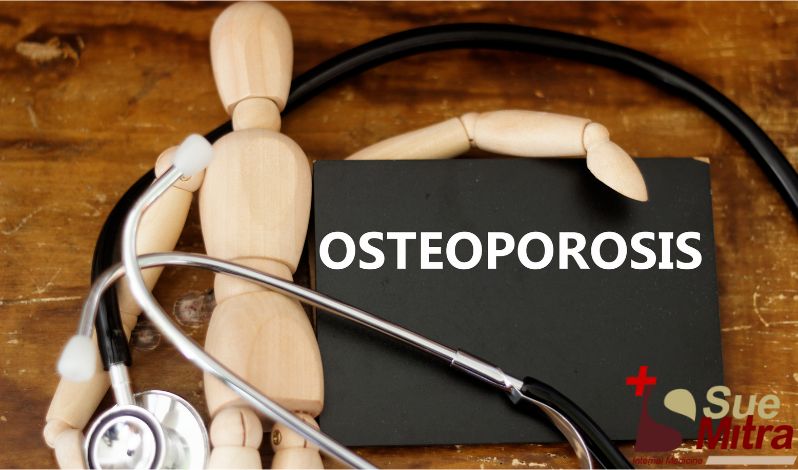
12, Sep 2022
A bone density test may help determine whether you have osteoporosis, a disease that makes your bones weaker and more prone to breaking.
X-rays are used to calculate how much calcium and other bone minerals are packed into a given bone fragment. Most often, doctors will check the forearm, the forearm bone, the hip bone, and the spine. The osteoporosis screening Melbourne Florida is essential here.
Reasons why an X-day is conducted
Medical professionals conduct bone density tests to
Increases in bone mineral content lead to increased bone density. The lower the danger of bone fracture is and the stronger your bones, the denser they need to be.
Bone density tests and bone scans are two very separate procedures. Bone scans are often done in combination with an injection, which is necessary for diagnosing bone fractures, tumors, infections, and other disorders. The osteoporosis screening Florida service is essential in this case.
Although osteoporosis is more common in older women, men of any age may get the condition. Your doctor may recommend a bone density test if any of the following describe you, regardless of your age or gender:
Height loss
If you've lost at least 1.5 inches (3.8 cm) of height throughout the course of your life, you may be at risk for developing osteoporosis, one of the leading causes of compression fractures in the spine.
Acquired a bone break
A fragility fracture occurs when a bone becomes so weak that it fractures much more quickly than usual. Certain people are at risk for fragility fractures if they cough or sneeze forcefully.
A person's chance of getting osteoporosis increases if they use steroids for a lengthy period. Prednisone is one example of such a drug.
Hormone levels decreased
Although estrogen levels naturally drop after menopause, several cancer treatments may also reduce a woman's hormone production. Testosterone levels in males getting therapy for prostate cancer may drop. A lack of sex hormones harms bone.
Using a densitometer
Most hospitals employ machines in which patients lie on a cushioned platform while a mechanical arm travels over their body to measure bone density. A densitometer is what you need to measure density. You will be exposed to a tiny fraction of the radiation emitted during a standard chest X-ray. The average duration of an examination is anywhere between 10 and 30 minutes.
Concluding notes
Bone density may be assessed using small, portable equipment, even in far-flung skeleton areas like the finger, wrist, or heel. You can usually find these gadgets, which are grouped together under the umbrella term "peripheral devices," at events dedicated to health and wellness.
For this reason, a heel test may not be as accurate as a spine or hip measurement in predicting the likelihood of a fracture. This is because bone density may change depending on where in the body you measure it. In light of this, if a positive result is obtained from a test on a peripheral device, your doctor may recommend an additional scan of your hip or spine to confirm the diagnosis.
Dr. Sue Mitra and her staff strive to offer their patients the best care, advice and services available in the medical field with the goal to keep patient healthy & happy.

Dr. Sue Mitra is board certified in international medicine. She is seen here with a Cologuard, which is a noninvasive colon cancer screening test. (Photo by: Tim Shortt/Florida Today)